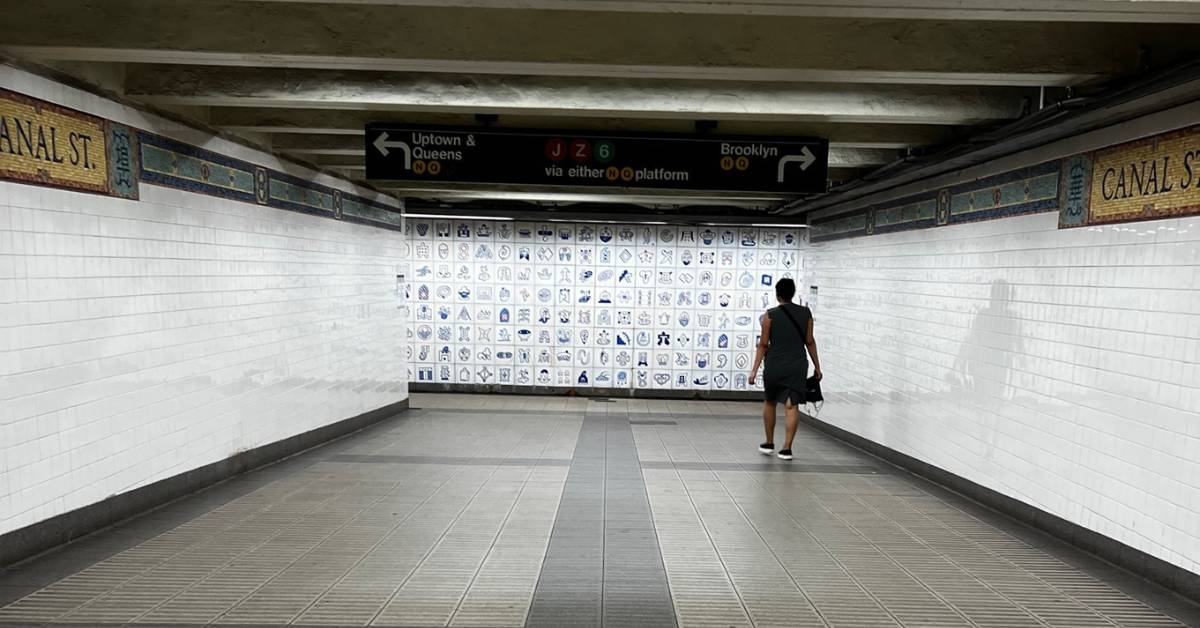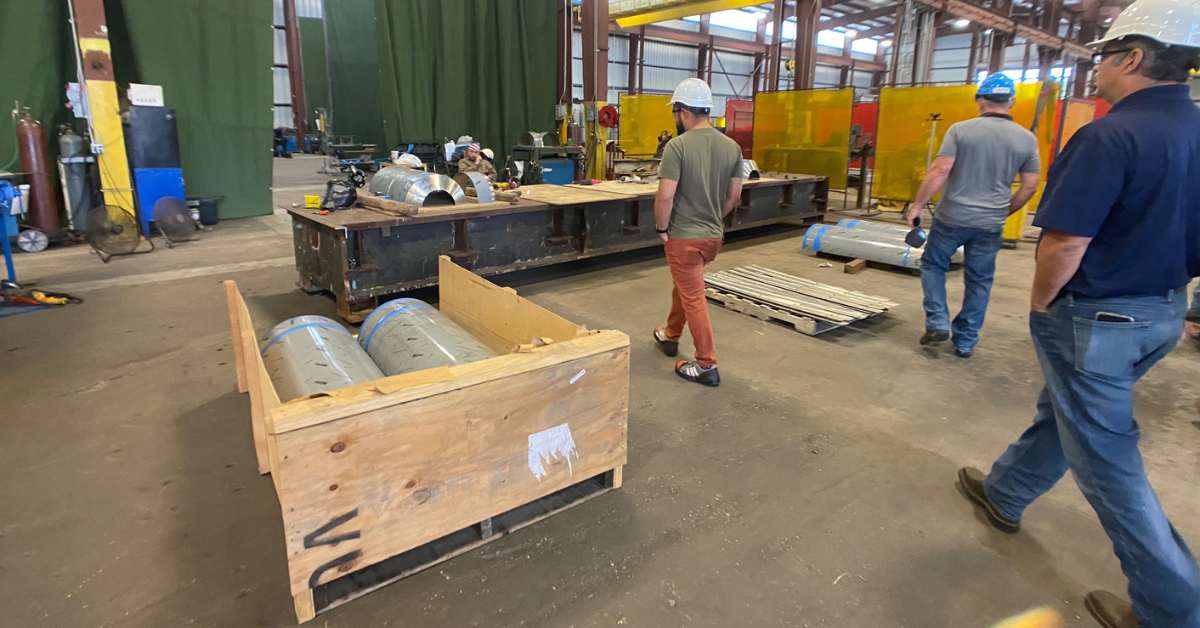As a business owner you or your in-house digital marketing team will need to stay on top of the ever-changing world of Local SEO.
A couple years ago, you may have realized when searching on Google that the GIANT search engine once again changed how the SERPs (Search Engine Results Page) appeared on both mobile and desktops searches.
Before in the past you would see paid AdWords above the organic listings as well as on the right side.
These days, Google has removed all the ads on the right-hand side placement and added one more paid ad above the organic listings for a total of 4 Adwords paid boxes.
With the ever changing landscape that is Google and Search Engine Optimization (SEO) continually becoming a tougher way to crack on to the first and second page of Google, it is important for enterprise sized business as well as local businesses in Miami, South Florida to optimize their website to be found in their “neck of the woods”!
Optimize Your Presence on Google Locally
Claim, Verify, & Complete Your Google My Business profile
In the past, Google My Business (GMB) has been called Google Places and Google+ Business.
Regardless of the name, your Google Business Listing is one of the easiest and fastest ways a business in any part of the country including Miami can get found on Google’s search engine as well as Google Maps.
This is by far one of the most powerful local SEO listings a business owner can utilize to optimize your overall Google search visibility along with your organic local keyword rankings.
To claim your GMB profile, you must get verified by Google through a pin code that is sent to your business address.
Once claimed, you will have full access to your GMB profile which will allow you to add business photos, create content, publish status updates, and engage within Google+ communities.
It is important to complete your GMB profile fully
A Free Google My Business Listing in Miami, Florida Should Include:
- Upload at least 20 geo-targeted, optimized photos of your business, your staff, and product or service lines you offer to the public
- Select the best business category as this helps Google know what your business does and who your ideal customers are
- A good general rule is to include a brief description of your business that is under 200 characters
- Add a virtual tour of your business
- Add 360 Images
- Make sure your business N.A.P is accurate and matches what is on your website
- Add your hours of operation
One of the tell tale signs that a business is good or bad is by reading customer reviews left on websites like Google My Business, Yelp!, Yellow Pages, Facebook, and so on. The more positive reviews your business can acquire (legally, no cheating!) will actually help to improve your local search results but also convey trust to potential customers.
Why?
If a customer sees positive online reviews it will give the impression that your business is legitimate and treats, it customers fairly.
It is important to gain a variety of reviews from all the different websites around. This will create a larger footprint for the search engines to crawl.
On certain directories or local business listings, some sites take reviews into a factor in determining which listings shows up first for certain keywords.
A List of Websites to Gain Online Reviews From:
- Google My Business
- YellowPages
- Best of The Web
- Yelp
- TrustPilot
- Foursquare
- TripAdvisor
- Better Business Bureau
- Just to name a few….
On the other side of the spectrum is negative online reviews. A whole industry has popped up (Reputation Marketing) that helps businesses combat negative reviews and monitors conversations about the brand or business.
Create Campaign for Online Reviews
These tools allow you to see the sentiment of your brand online but also be able to engage with those who have a question or complaint.
Think of this as the 21st century way of handling customer service
Although expensive social media monitoring tools can help large brands and SEO Agencies like ilocal seo, it is best practice to use a free or low-cost tool with you are a small business or just getting started.
With these tools you can not only can you listen in on what people are saying about your business but also see what people are talking about your competitors. One great tool that serves multiple uses is Sendible or Hootsuite.
Build Brand Awareness Outreach
Everyone knows that Google is the top search engine out there and a business in the top 3 organic listings tends to get clicked on more than other rankings. One of the ways to increase your chances of getting “found” online is through Barnacle SEO or in other words, leveraging other sites rankings.
If you make a Google search for, “Sushi in Miami, FL” – you will see the local 3 pack of Google My Business / Map listings and the top 10 Google rankings.
Take a minute and look at the image.
“Attaching” your companies brand to these strong SEO business listing directories is a key ingredient for a high producing, lead generating Local SEO campaign.
These business listings are generating not only top 10 organic SEO spots but also driving qualified customers with strong intent to inquiry and / or purchase your goods and services.
Adding your companies information to the various quality local business listings online will help
your brand outreach but also contribute to more of an organic SEO presence through their websites.
SEO business listings to include:
- TripAdvisor
- Google My Business
- Yelp!
- Bing Places
- FourSquare
- And Many More!
The key thing to remember is if your business is not listed, your competitors could be receiving all the “free” traffic from these sites.
Depending on your city and industry, there is a good chance that your listing could very well be positioned fairly well if you optimize for each of the specific listings.
At most, it is important to claim your profile and optimize with images, customer reviews, business description, hours of operation, and any field that you can fill out.
Integrate Social Media Marketing
Whether it is Facebook or WhatsApp or Twitter, social media allows people to discover new things, communicate with family & friends, or find out what is going on in their local neighborhood.
Social media has become the choice manner of communication for all age groups. It allows people to have a voice but it gives local business in Miami, FL the ability to connect with their audience and communicate with their community, pro-actively.
Overall it is widely known that having a strong and active social media presence on various high domain authority platforms (Facebook, Google My Business, Twitter, LinkedIn, Pinterest, etc) will help your websites overall trust to Google and other search engines.
Although there is no real proof as to what Google uses in their Algorithm Formula to rank websites organically, it is believed (tested and tried at ilocal SEO) that Social Media signals such as
- Pins
- Likes
- Shares
- Tweets
- Comments
Help to increase the overall SEO presence of your websites visibility on Google. A really cool free tool that will allow you to see how many likes, tweets, pins, +1, social bookmarked shares a piece of content or web page URL has generated is “Button Space“.
It is important to note that Google and other search engines that are using social signals as a factor can use location as a factor. If your fans or end users are clustered in the same area and are hitting like or engaging with your content, it could very well help you on the local SERPs.
One quick and affordable way to drive social signals and location at once is to think about a piece of content that could help and or describe your city.
It could be a national park that is nearby, a list of the top 10 restaurants in your city, or even things to do in your area.
After the blog post is written, go ahead and distribute the blog URL through Facebook, Twitter, LinkedIn, Pinterest, FourSquare, etc.
Use a pinging service like GooglePing.com will get the Google spiders to crawl your blog post.
Once that has all be done, go ahead and spend anywhere from $20 to $50 on Facebook Ads. Make sure to focus on your location and set the ad to be seen 10 miles from your place of business and select cities prevalent to your business. We wrote a, “How We Ranked Our Content in Under 10 Days” guide over on LinkedIn you can read and test for yourself. What matters is generating social signals to that URL within your areas you want to target.
One sure fire way to get the most out of your small Facebook ad investment is to zero in on females. They have high mobile phone consumption and tend to engage more than their male counterparts.
Onsite SEO – Location Title Tags, Meta Data and Schema Code
There is sometimes confusion as to what entails a local SEO campaign. It include many different digital factors mentioned above but one thing to remember is SEO.
SEO is at the background of any good website that will rank well. SEO can be classified with Onsite SEO or Offsite SEO.
We won’t go into detail about either digital tactic but basically Onsite SEO has to do with your website where as Offsite SEO is everything off page, not relating to your website.
Think of Offsite SEO as Link Building, Guest Blog Posts, Social Media, Press Releases, etc.
Onsite SEO is one of the easiest and quickest ways for any brands website to achieve better rankings and visibility not only on search engines but also locally.
Depending on your platform whether it is a custom coded HTML 5 website or WordPress, your developer will have to use Title Tags and Meta Data to allow searchers know what the website page is about on the SERPs.
Location plays a huge part as to what Google shows searchers in a local area or region. A proper title tag should be anywhere from 50 to 60 characters but just recently Google has been showing title tags up to 70 characters.
Test your title tags with the Moz Title Tag Tool to see how it shows up on the SERPs.
Schema Code
Having your website use a snippet of code called, “Schema Code” will allow search engines truly understand what your website is all about.
Schema Code is a shared vocabulary between different code languages that allows search engines understand what the “markup” or what the website is all about. Basically, you need this to help you now and in the future for SEO visibility.
Some of the biggest technology websites such as Pinterest are pulling up markup language onto their Pinterest boards called ‘Rich Pins”.
It ultimately pulls Schema Code from the website that is being pinned from and inserts into the Pinterest Pin.
Here is an example of a Pinterest “Rich Pin” using Recipe Schema Markup Language
In addition, Schema.org is sponsored by Google, Microsoft, Yahoo and Yandex. Those are the biggest search engines in the world*.
So if they are sponsoring this digital initiative to understand the web better, wouldn’t it make sense to use Schema as a best practice for better search rankings?




